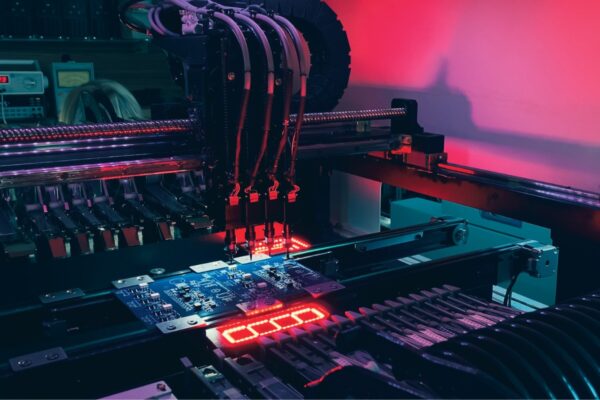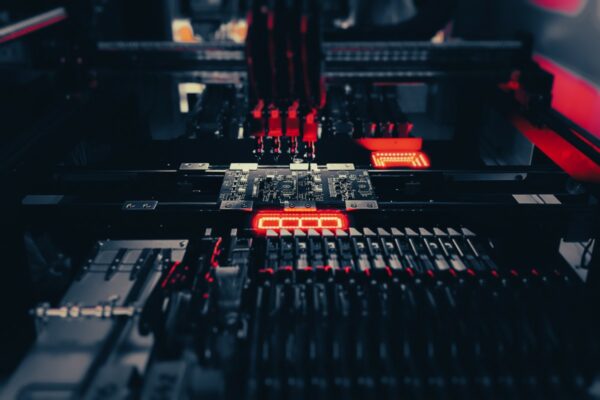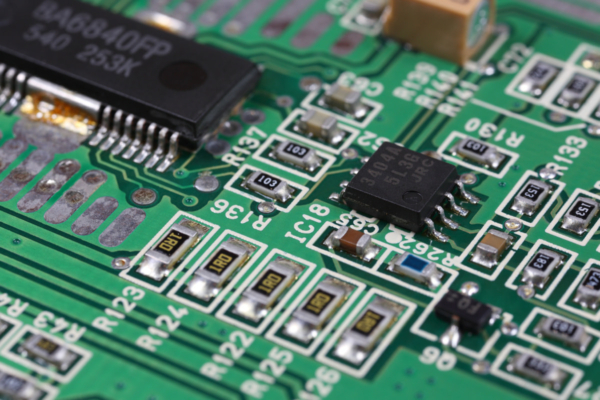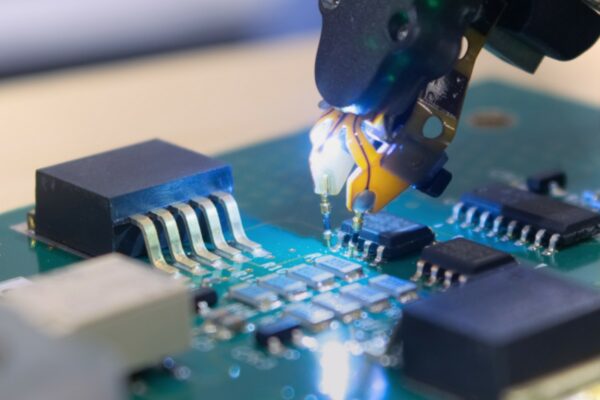A prototype board arrives, inert and useless. For the product development team, this is more than a delay; it is a cycle of frustrating debugging, compromised data, and mounting costs. Beneath the surface of modern electronics, the Ball Grid Array (BGA) package represents a constant tension. It is a marvel of high-density connection packed into a minimal footprint, yet it is also a primary suspect in these silent failures. A single, microscopic flaw hidden under a BGA can render an entire assembly worthless, and understanding the subtle physics of these failures is the only reliable path to prevention.
The challenge lies in the BGA’s opacity. Its most critical solder joints are formed in a hidden world, a space where catastrophic defects can form without any visible evidence. While many things can go wrong, the failures that derail prototype runs tend to fall into a spectrum, from the immediately obvious to the dangerously latent.
At one end are the hard, unambiguous shorts. Solder bridging, an unintended electrical connection between adjacent solder balls, is a straightforward catastrophe often born from too much solder paste or a slight misalignment. Similarly, a true open joint, where a solder ball completely fails to connect to its pad, is a simple, total disconnect. These are frustrating but honest failures. They announce themselves clearly in initial tests.
The more difficult problems are those that degrade a joint rather than sever it. Excessive voiding, the trapping of gas bubbles within the solder, does not create an immediate open circuit. Instead, it creates a hidden weakness. These voids compromise the joint’s ability to dissipate heat, a critical function for many BGAs, and reduce its mechanical strength. The board may work for a time, but it carries a structural flaw that makes it vulnerable to failure from shock, vibration, or the simple stress of thermal cycling. It is a ticking clock.
The Insidious Nature of Head-in-Pillow
Then there is the most notorious defect of all, a failure so subtle it has earned a uniquely descriptive name: Head-in-Pillow (HiP). This occurs when the solder paste on the board and the solder ball on the BGA both melt during the reflow process but, crucially, fail to merge into a single, unified joint. The BGA ball simply rests in the concave impression of the solder paste, like a head on a pillow. The resulting open circuit is often intermittent, invisible to optical inspection, and can even pass initial electrical tests before failing unpredictably in the field.
This failure is not born of a single error but from a dynamic conflict during the few minutes the board spends inside the reflow oven. As temperatures climb, the BGA package and the PCB itself can warp at different rates. This differential warpage can cause the component to temporarily lift away from the board. In that moment of separation, the exposed surfaces of the molten solder ball and the solder paste below can oxidize. When the assembly cools and flattens later in the reflow cycle, the component settles back down, but the newly formed oxide layers act as a barrier, preventing the two solder volumes from coalescing. They touch, but they do not join.
Prevention, therefore, begins long before the board sees a reflow oven. It starts with controlling moisture, as absorbed humidity dramatically exacerbates warpage. Proper component storage and handling according to its Moisture Sensitivity Level (MSL) is not a trivial step; it is a fundamental defense against HiP. The other primary defense is a carefully optimized reflow profile. A gradual preheat stage is essential to minimize the thermal shock that causes warpage and to give the flux within the solder paste time to activate, cleaning the metallic surfaces and protecting them from oxidation. A solder paste with a robust flux package, one designed to remain active throughout the entire thermal journey, provides a wider process window and a crucial buffer against these delicate physics.
The insidious nature of Head-in-Pillow is that it eludes all but the most rigorous inspection. From the outside, the joint appears perfect. It might even create a “kissing” connection with enough capacitance to pass a boundary scan. The only reliable method for finding it is through Automated X-ray Inspection (AXI). While a 2D X-ray can reveal gross defects like bridging, it takes 3D AXI to truly unmask HiP. A 3D system generates cross-sectional slices of the solder joint, making the non-coalesced interface between the ball and paste unmistakably clear. It is the only way to truly verify the joint’s physical integrity.
The Blueprint for Prevention: Where Design and Process Converge
The most powerful leverage a development team has over BGA quality is exercised long before a single component is placed. A design that ignores the realities of manufacturing is a blueprint for failure.
The foundation is the copper land pattern on the PCB. Industry best practice overwhelmingly favors Non-Solder Mask Defined (NSMD) pads, where the solder mask opening is larger than the copper pad. This design allows the molten solder to wrap around the sides of the pad, forming a mechanically robust, ball-and-socket-shaped joint. Relying on outdated component datasheet examples instead of modern standards like IPC-7351 is a common and avoidable error. Between these pads, a thin solder mask dam is essential. A dam of at least 4 mils (0.1mm) is typically needed to effectively prevent solder from flowing between adjacent pads and creating a bridge.
Perhaps the most critical design rule involves routing. Placing vias directly in BGA pads is a common technique for dense designs, but it comes with an absolute mandate: the via must be filled and plated over. An open via in a pad acts like a tiny straw during reflow, wicking solder down into the hole. This solder thieving robs the joint of necessary volume, leading directly to excessive voiding or a complete open. This is a classic example of how a simple design choice has a direct and predictable consequence on the factory floor.
Yet even a perfect design can be undone by an imprecise assembly process. The assembler’s role is to execute with rigor, and it begins with what is widely considered the most critical step in surface mount technology: solder paste printing. A high-quality, laser-cut stencil must deposit a consistent and exact volume of paste on every pad. From there, the pick-and-place machine must use its vision guidance systems to place the BGA with near-perfect accuracy.
These steps culminate in the reflow oven, where the thermal profile—the specific temperature recipe for that assembly—determines the final outcome. The profile must be tailored to the board’s thermal mass and the chosen solder alloy. The standard lead-free SAC305 alloy, for instance, requires a high peak temperature around 245°C, increasing the thermal stress that can lead to warpage and HiP. Using a low-temperature solder can dramatically reduce this risk by reflowing closer to 180°C, but it introduces a trade-off. These low-temp joints are often more brittle, a potential liability for products that will experience shock or wide temperature swings. This is not just a technical choice; it is a business decision about reliability and cost.
Navigating Risk, Rework, and Reality
In an ideal world, every prototype BGA would be verified with 3D X-ray. For teams on a tight budget, however, this is not always feasible. Opting out of AXI means you are inherently accepting a higher level of risk. This risk can be mitigated by relying more heavily on electrical tests like JTAG/Boundary Scan and by designing in accessible test points for critical signals. Rigorous functional testing across a device’s full operating temperature range can sometimes force latent defects to manifest. But it is crucial to understand these methods are proxies. They confirm connectivity, not quality, and cannot see the hidden structural flaws that pose a long-term reliability threat.
And what happens when a BGA fails? Rework is possible, but it is a specialized, expensive, and risky last resort. The process requires a dedicated station to locally heat and remove the faulty component, meticulously clean the site, apply new solder, and reflow a new part without damaging the rest of the board. The localized thermal stress can easily lift pads or damage internal layers of the PCB. Experience on the factory floor teaches a clear lesson: prevention through thoughtful design and process control is always dramatically cheaper and more reliable than repair.





